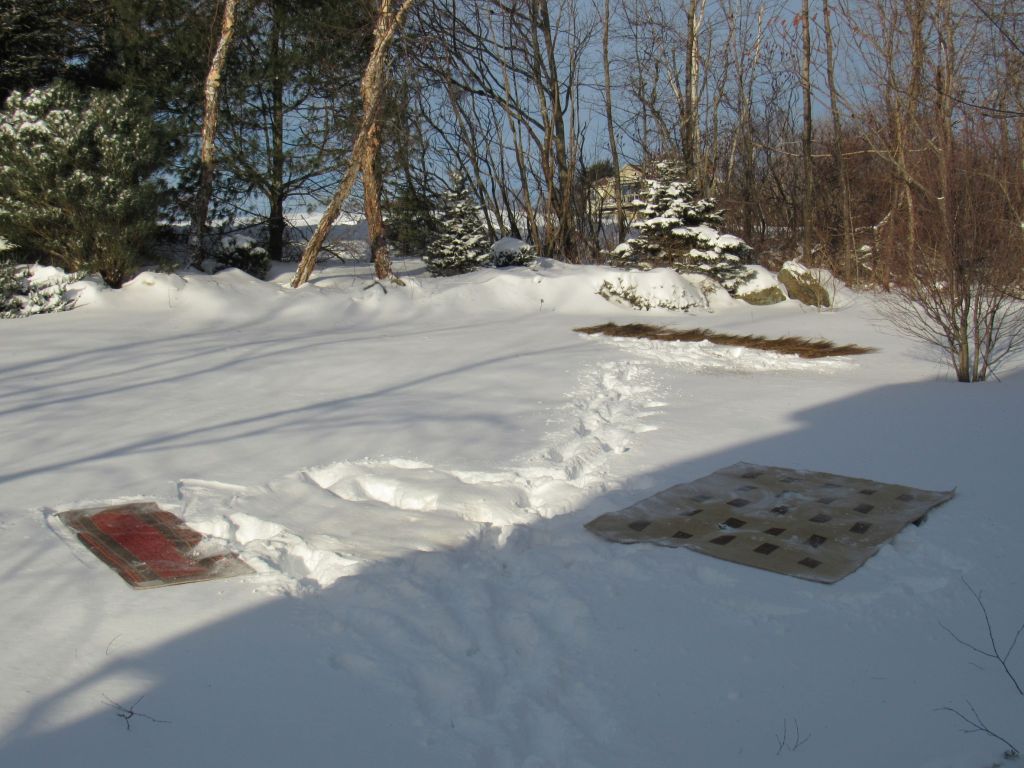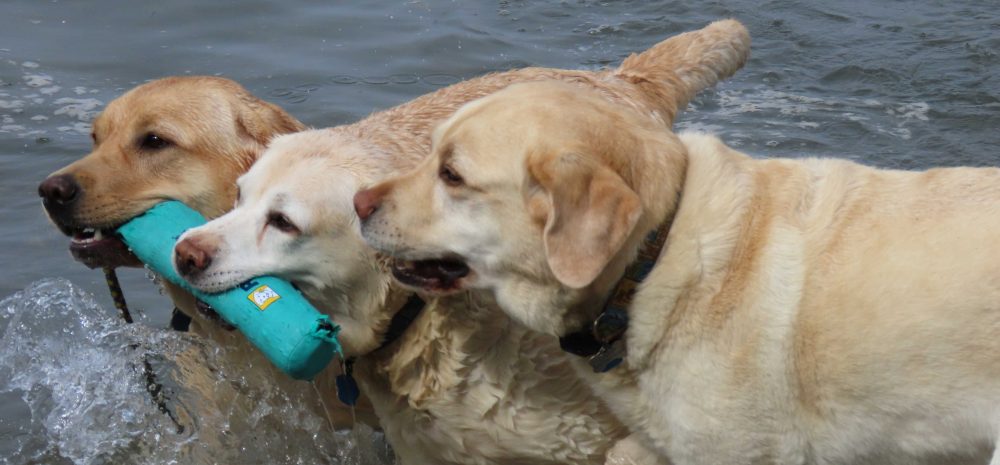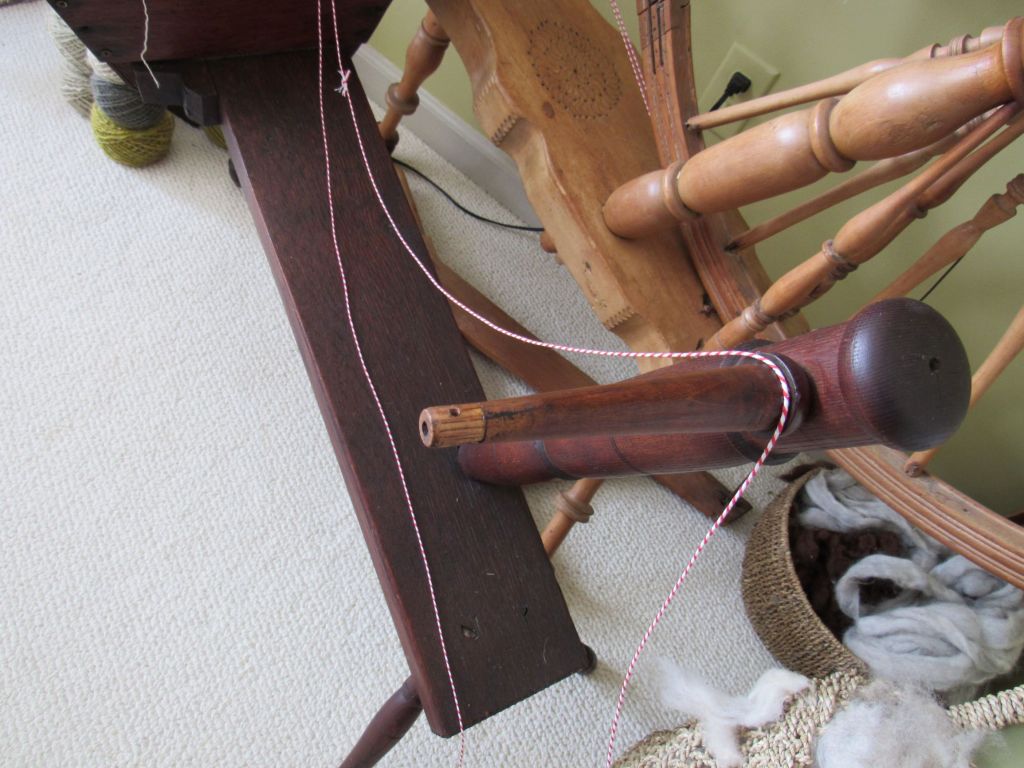
I started to write this post in February, right before the invasion of Ukraine. I put the post on hold because the daily consumption of ghastly news sucked the life out of me and it felt absurd and grotesque to chatter about our everyday pleasures when people were being bombed and driven out of their homes. Eventually, I decided to get on with it.

Despite all the misery in the world, our life goes on and I still want to record it with all its trivialities and local concerns. I read a Penelope Lively book recently that addressed this issue, noting that when those “who live out their lives in a politically stable country, in peacetime” complain about their daily ups and downs, it seems “positively obscene” compared with the horrors of people living under repressive regimes or being forced to leave their homelands.

Nevertheless, “in the meantime, the only sensible and expedient thing was to get on with private life, while governments came and went, a cacophonous backdrop to the real business of existence.” (Penelope Lively, Consequences, p. 145).

So, we get on with our private life, but appreciate our bit of hillside even more, seeing how passionately Ukrainians are fighting for their place in the world.

With every season, we become more rooted here.

We have even named our home, unusual for us–we have never named houses or cars. But it seems to right to acknowledge the special nature of this spot–and our relationship to it—with a name. It is now the “Wheelhouse,” a name with three definitions, all appropriate.

Most obviously, the house is a haven for spinning wheels. Many rescued and brought back to spinning life, they inhabit every room but the bathrooms.

Aside from the wheels, this place shelters us, like a boat’s wheelhouse, providing a sanctuary from which we can navigate our lives through the increasingly ominous world around us.

Finally, to the extent being “in your wheelhouse” describes that sweet spot where your interests and abilities flourish, the name could not be more fitting. So, as the world becomes increasingly unsettled, we hope to be able to ride out our old age in our Wheelhouse.

We have become so in tune with this place, increasingly observant and appreciative of the subtle changes through each season, that we are reluctant to travel and be away from it.

Local trips to the ocean are a must, though.

And we have visitors. Our daughter, her husband, and our three grandchildren were here over Christmas.

We lit up our yard evergreens, and, fortunately, had snow, making the short days festive and cozy.

In the fall, George took on the herculean task of cleaning out and organizing our basement so that we could put in a used pool table and air hockey before the grandkids came. We installed them just in time and, while the kids were here, the basement was in continuous use, with raucous laughter, and screams of outrage and excitement. Apparently, the family genes for competition are alive and well.

My grandmother and mother both had the reputation of cheating at Scrabble when playing with grandchildren. I try not to emulate them but did discover that the muscles used for throwing shuttles in weaving put me in shape for some rousing games of air hockey and that it’s fantastic for keeping aging reflexes in shape. Thanks to George’s brother, Joe, the highlight of our concrete-basement-chic decor is a Miller High Life sign from Homer, Alaska, that we believe used to hang on the walls of a Homer landmark, Alice’s Champagne Palace. We also set up a dart board that we have hardly used yet and George is building a small bar, with a beautiful handmade butcher block top.

If we have to retreat to the basement in a nuclear attack, at least we’ll be well equipped for entertainment.

The weather ran hot and cold all winter. We had a few good snowfalls, which I took advantage of by putting out flax for retting and trying some snow carpet cleaning (only moderately successful).

During the thaws, our yard was invaded by no-longer-shy wildlife feasting on the fallen apples from our old wild trees. For a time, several deer jumped the fence every night, and even hopped over the second fence into the vegetable gardens, eating my leeks down to stubs.

We were very concerned when we spotted a porcupine waddling around an apple-laden corner of the yard and perched in our neighbor’s tree overhanging our fence.

Our dogs are not porcupine-wise. Alice would want to confront it, Capp to play with it. Fortunately, the porcupine did not stick around for more than about a week and we were spared snouts full of quills.

With mixed feelings, we took down another large tree. The maple in the corner of our driveway was increasingly shading out our solar panels, while also starting to look scraggly and stressed up top.

It felt like the betrayal of a friend to cut it down. But, as with the old oak and apples we took down earlier in the year, once the maple was down, we loved how it opened up the view and let in more light and air.

Best of all, our solar production soared and we rather wish we had done it earlier.

With several large trees coming down,

George has his hands full cutting and splitting firewood.

Aside from that, and daily dog walks, though, we savor having time for indoor projects in the winter.

George has been doing woodworking, making furniture,

parts and shelves for my spinning wheels, and signs.

We both bake a lot—George has perfected bagels with nooks and crannies on top.

I enjoy weekly saunas, sometimes sharing it with old spinning wheels or flax breaks showing signs of powderpost beetle damage. Most do not show signs of current infestations, but the heat of a few sauna sessions alternating with some freezing outside temperature is supposed to kill any that might still be active.

For me, winter means spinning and weaving.

I wove another small overshot coverlet, “Tennessee Trouble” pattern, from wool that I had spun and naturally dyed.


Then I switched to commercial singles linen,

for six cushions for dining table chairs.

My favorite piece, however, is a coat made from two fleeces from multi-colored Jacob sheep, Zola and Eloise,

from Catawampus Farm in central Maine.

Over the past few years, I spun the fleeces off and on (along with a lot of other spinning)

using my antique spinning wheels and then wove the handspun

into a nubbly twill fabric.

I then sewed the coat with a red silk lining and, amazingly, it came out just as I had envisioned.

Fortunately, it is still cold enough that I have been able to wear it a few times before the weather gets warm.

I also sewed up the linen that I had woven at Marshfield School of Weaving last summer into a skirt and top.

More and more, I’m enjoying making clothes out my handwoven cloth.

The dogs are moving into sedate middle age … sort of.

George takes the dogs on daily trail “walkabouts,” which, for Alice, consists of continuous frenzied bumper-fetching with a single-minded zeal that blocks out everything else. One day, while running through some thorns, she ripped a tiny wedge out of the edge of her ear.

We now know by experience that Labradors’ tails and ears bleed profusely when cut, approaching stuck-pig-like proportions, and if shaken or wagged, will splatter sufficient blood on you and your kitchen to resemble a grisly crime scene. It took us a bit (with no help from our (now former) vet) to figure out that the only way to stop the bleeding was to wrap her ear well and firmly against her head. After a trip to the emergency vet in Portland, the poor girl sported a head wrap for several days before it healed up enough to sustain a good head shake without bleeding again.

While she looked adorable, she probably found the headwrap humiliating. I didn’t make any jokes at her expense for fear that Capp might paw-slap me in her defense.

In the meantime, we are still finding blood spatters in odd places. Soon after, we had to bring Capp to the emergency vet after he spent a day in obvious pain, restless and hunched over. Turns out he pulled a back muscle playing in the deep snow the day before.

Who knew? We also did not expect that changing dog food would wreak havoc with both dogs. For a couple of reasons, we decided to change dog food a few months ago. After a ton of research and recommendations, we picked one of the designer-high-priced brands, that appeared to be well-formulated for Labs. We eased them into it slowly and they seemed to love it, but both developed severe diarrhea. At first, we didn’t associate it with the dog food, but after several months of treatments, it appears that is what caused it. Apparently, it is too rich for our dogs’ plebeian taste. We now seem to have things under control, although Alice still isn’t entirely back to normal. Other than that, the dogs are happy and becoming even more affectionate, if that is possible.

As the weather warms, we will be moving outside. We have a full line up of projects. We still have carrots, tomato sauce, and frozen and dried fruit and vegetables from last summer. Time to eat them up. I have started this year’s seedlings and cannot wait to get into the gardens. It is still a little soggy and cold to do much, but bulbs are emerging and spring is here. I am hoping that, no matter what the spring brings, it will be a good summer for sunflowers.














































































 Capp is doing wonderfully now. It’s such a relief to have him back to normal.
Capp is doing wonderfully now. It’s such a relief to have him back to normal.


































